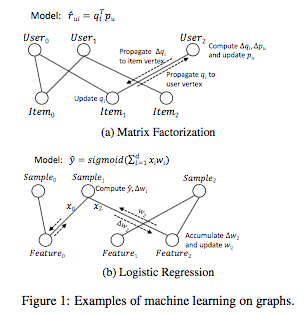Some blockchain applications and Reviewcoin
Conjecture 34: Forall x, we have "x on blockchain". I don't have a proof but I have seen dental on blockchain, kiwis on blockchain, shoes on blockchain, etc. Apart from the many silly x-on-blockchain attempts, I have heard some serious and promising applications. The Brave browser basic attention token seems to be a serious effort and can help redefine the ad-economy on the browsers. I also recently heard about Abra digital currency bankteller , which is another solid company and application. To continue, Jackson Palmer said these are his favorite decentralized technology projects: WebTorrent , Dat / Beaker , Mastodon , and Scuttlebutt . Finally, there are well circulated requests for apps , which I think can make some uptick in the blockchain applications game. My blockchain app suggestions I didn't want to be left out of the action. Ideas are free. Here are some things that occurred to me. Medical school students can do an ICO and fun...







